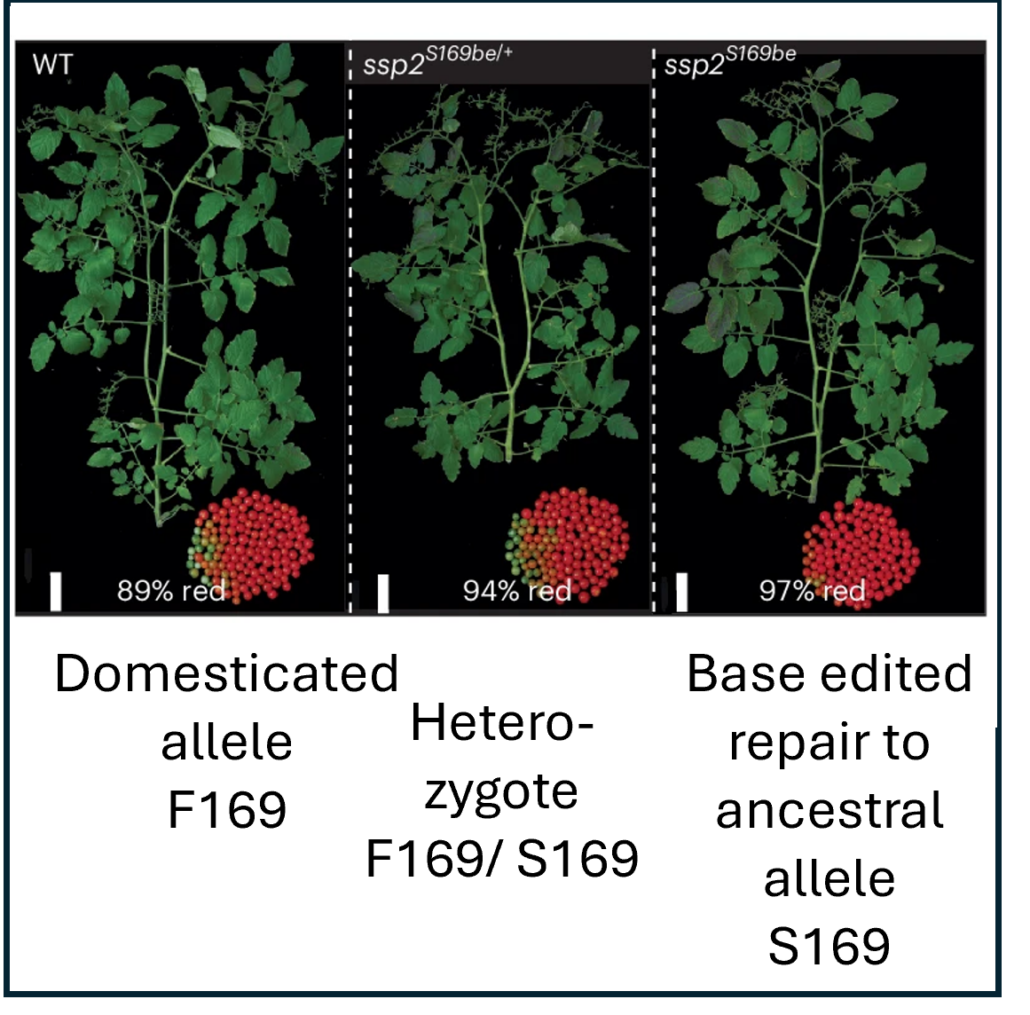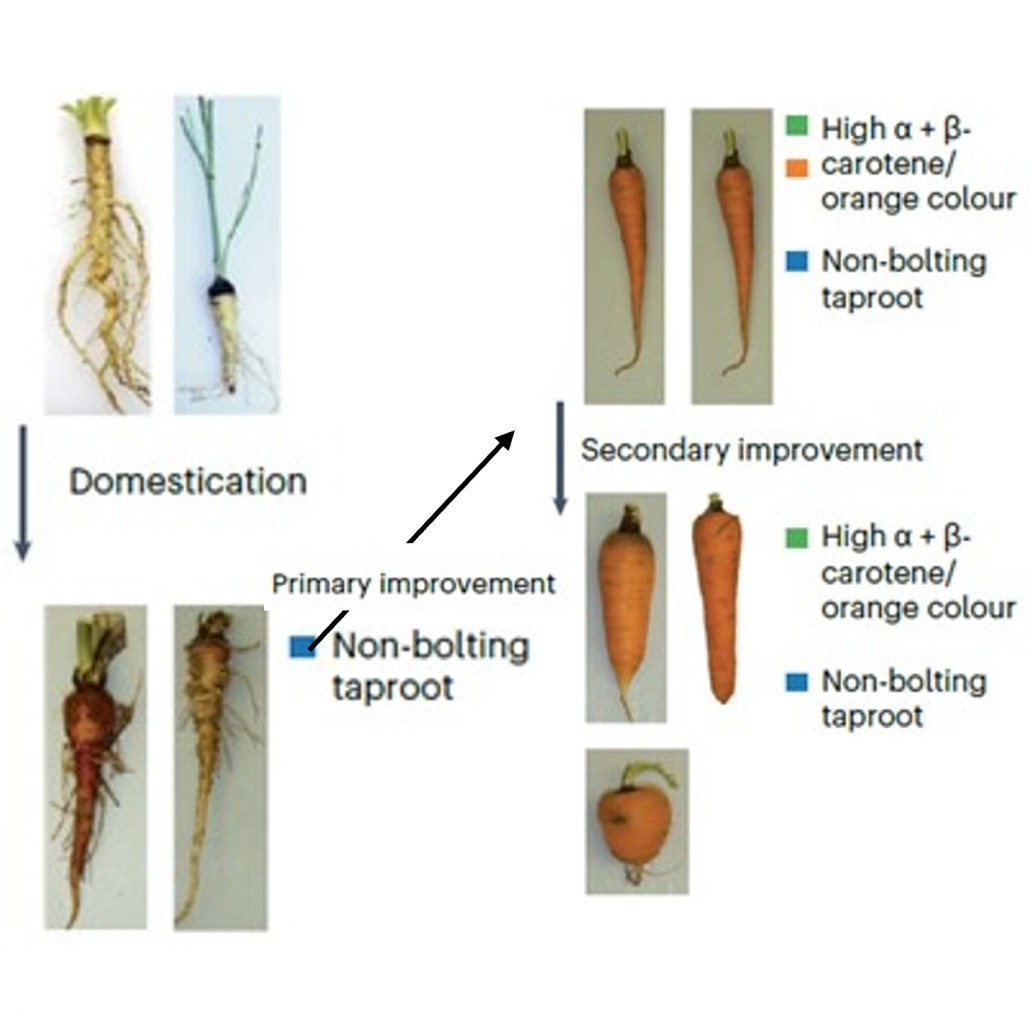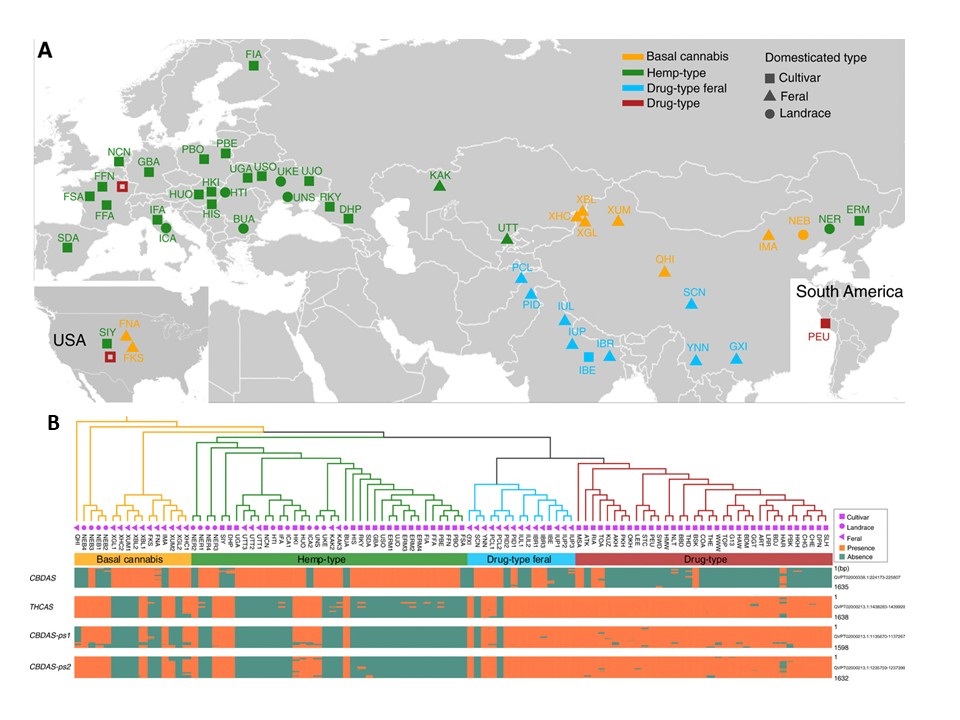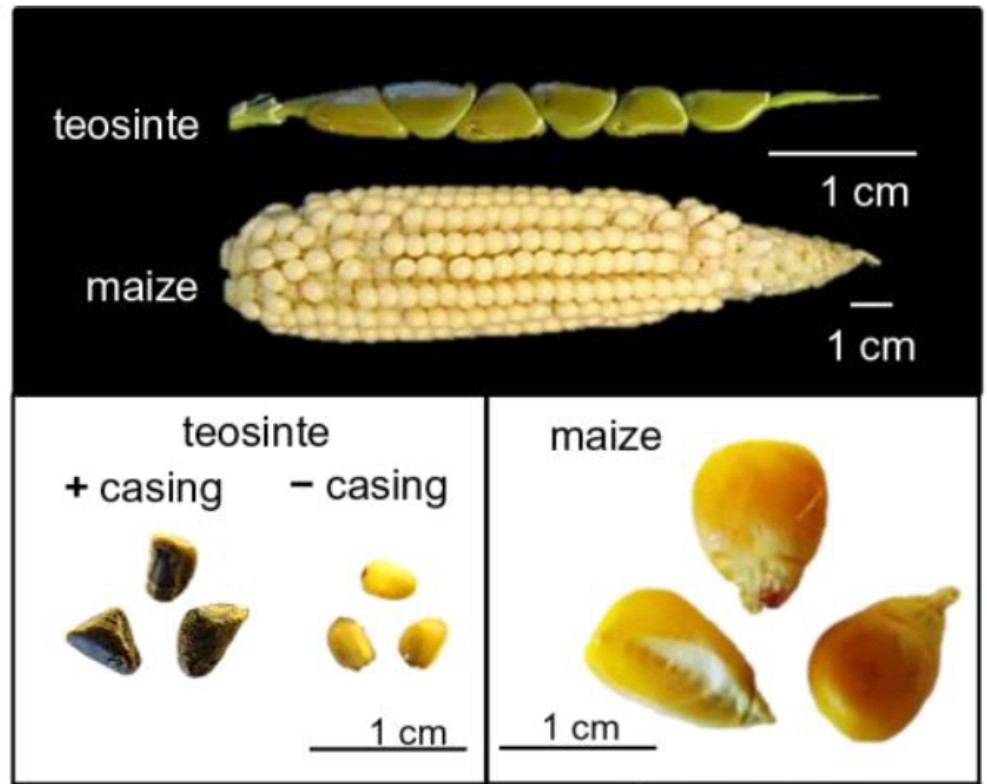
Repairing a detrimental domestication variant improves tomato harvests
Blog, Plant Science Research WeeklyDomesticated plants and animals are remarkable human achievements but were achieved with rather blunt instruments. With the benefit of hindsight, we can now see that some of the genes and alleles that passed through the population bottlenecks and artificial selection process are deleterious. Glaus et…

When and how did carrots turn orange?
Plant Science Research WeeklyCarrots were not always orange, and a new paper by Coe, Bostan, Rolling et al. sheds new light into the history of carrot domestication and improvement, i.e., how we went from white, knotty carrots to the orange, smooth ones that are now consumed all over the world. The authors published a new version…

Epigenetic regulation during rice domestication and de-domestication
The Plant Cell: In a NutshellCao et al. investigate the role of epigenetic variation in rice domestication and de-domestication. The Plant Cell (2023).
https://doi.org/10.1093/plcell/koad160
By Shuai Cao1,2 and Qingxin Song1
1 State Key Laboratory of Crop Genetics and Germplasm Enhancement, Nanjing Agricultural University,…

Contribution of strigolactones to maize kernel domesticated phenotype
Plant Science Research WeeklyWe’ve all seen striking photographs comparing the modern maize (Zea mays spp. mays L.) ear to the seed head of its wild-grass ancestor teosinte (Zea mays spp. parviglumis). Besides the huge increase in size, one of the features that allows us to munch on “corn on the cob” is the absence of the…

Review: Power and perils of de novo domestication
Plant Science Research WeeklyI’m excited by the ways that knowledge about plant developmental and metabolic programs is being used to make new varieties of plants. This excellent review describes some of these applications such as changes in fruit size or seed number. De novo domestication is a specific type of application that…

A teosinte gene enhances seed protein content in maize
Plant Science Research WeeklyIncreasing nitrogen-use efficiency (NUE) and seed protein content are important for maize breeding. Modern maize hybrids have 6.5-16.5% seed protein content, while the wild ancestor of maize, called teosinte, has ~30% seed protein content. In addition, teosinte (accession Ames 21814) contains notably…

Large-scale whole-genome resequencing unravels the domestication history of Cannabis sativa (Science Advances)
Plant Science Research WeeklyThroughout history, many cultures have exploited the properties of Cannabis sativa, either as a source of fiber extracts (hemp) or as a medicinal and recreational drug (drug type). It is thought that cannabis was originally cultivated in Asia from where it spread to other regions around the globe, and…

